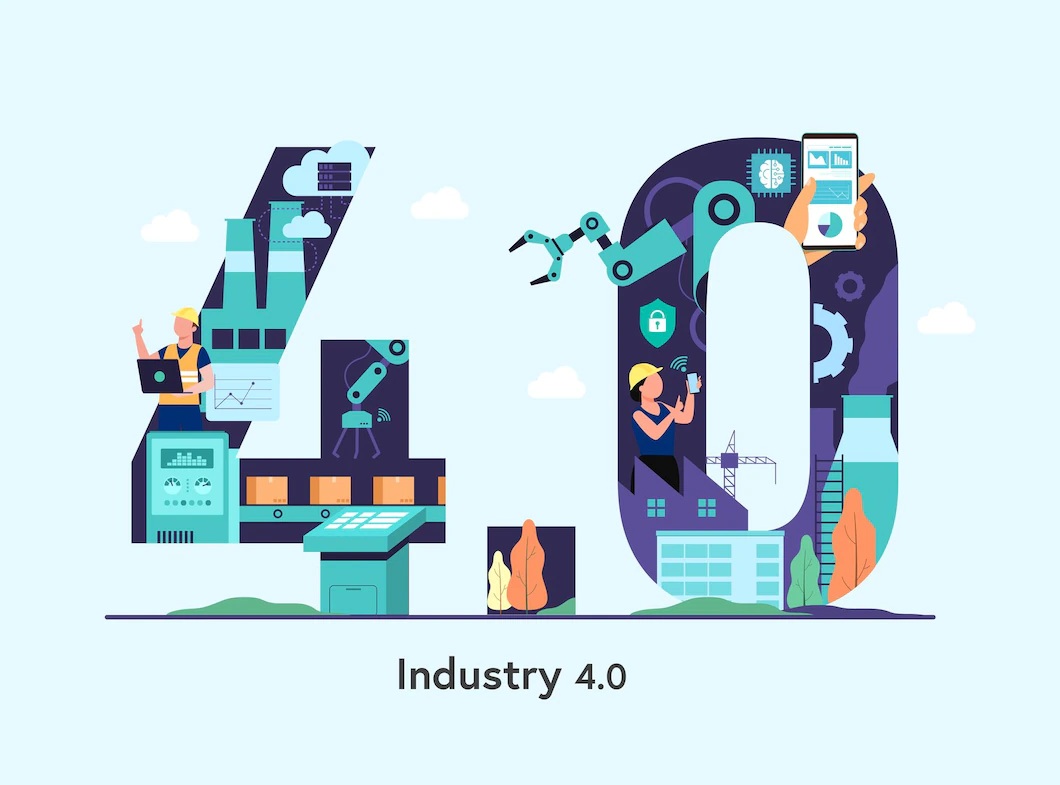In the Industry 4.0 era, where automation, data integration, and real-time decision-making are becoming the norm, laboratories remain one of the least digitized parts of many operations. While production lines are equipped with advanced technologies such as SCADA, IoT devices, and integrated ERP systems, laboratories in many companies still rely on manual notes, spreadsheets, or disconnected tools.
For management and decision-makers, this gap is more than just a technical issue—it’s a business risk. Here's why manual lab data management is no longer viable in today’s digital environment.
High Risk of Human Error
Manual data recording is inherently prone to mistakes. Lab technicians often write down results by hand or retype them into spreadsheets. Under time pressure, it's easy to miswrite values, use the wrong sample ID, or forget entries. These small errors can cause major problems in product quality, regulatory compliance, or customer trust.
Data Delays Lead to Decision Delays
Manual processes are slow. Test results need to be written down, compiled, verified, and only then shared with production or management. This can take hours or even days. In fast-paced industrial settings, data delays can halt production, waste materials, or cause delivery failures.
Disconnected Data Systems
Manual or spreadsheet-based lab data is difficult to integrate with other systems like ERP, SCADA, or inventory tracking. This leads to information silos and duplication of effort. A modern LIMS allows seamless integration, enabling real-time data sharing across departments.
Unprepared for Audits and Traceability
Industries today face strict compliance demands. Manual systems lack time stamps, change history, and proper access controls. This makes audits more difficult and risky. A LIMS logs all activities automatically, ensuring data traceability, accountability, and regulatory readiness.
Lack of Scalability
As production grows, manual data handling becomes more burdensome. More samples mean more paperwork, more copying, and more opportunities for error. Digital systems can handle larger volumes of data without increasing workload, allowing your lab to scale efficiently.
The Strategic Role of LIMS in Industry 4.0
A LIMS is more than just a data management tool. It enables laboratories to become strategic assets. By capturing data directly from instruments, validating results, generating reports automatically, and integrating with ERP or SCADA, labs can actively support faster, better business decisions.
Conclusion
In a competitive and regulated industrial environment, accuracy, speed, and data integrity are essential. Manual lab systems can no longer meet these demands. Digitizing your laboratory is not just a technology upgrade—it’s a business imperative for staying competitive, compliant, and future-ready.

